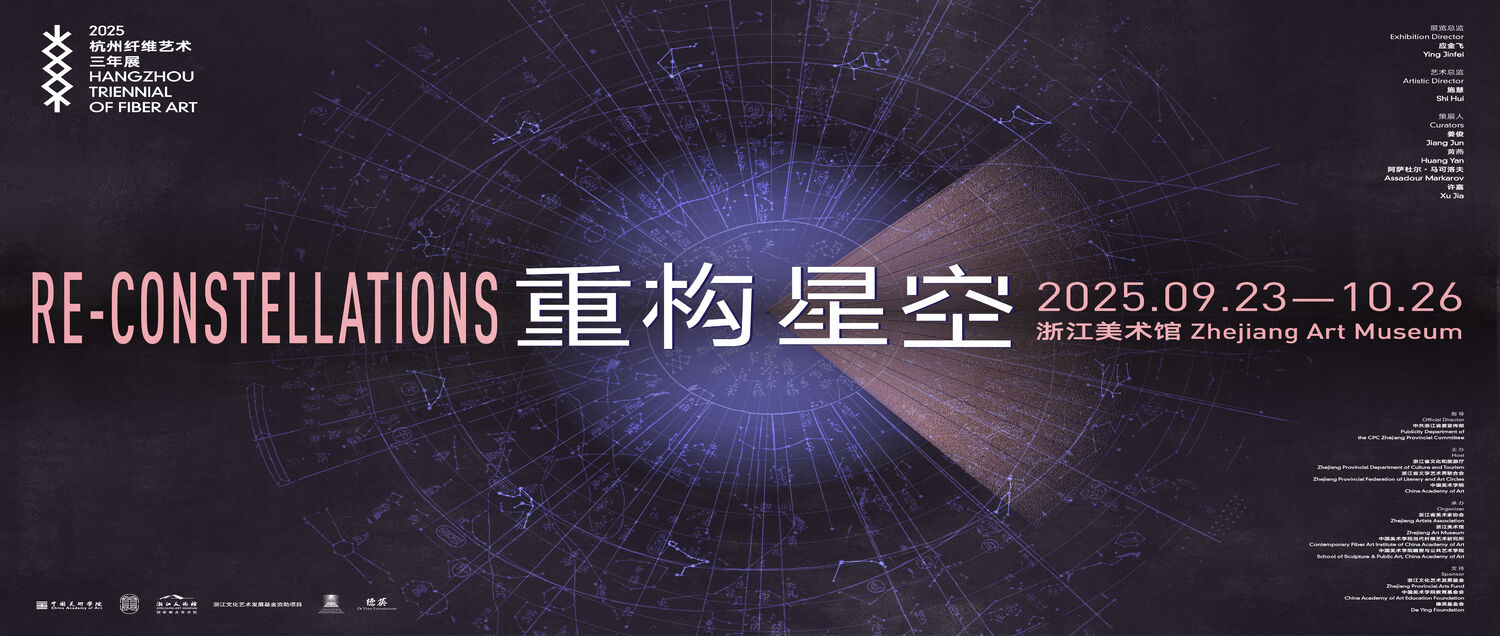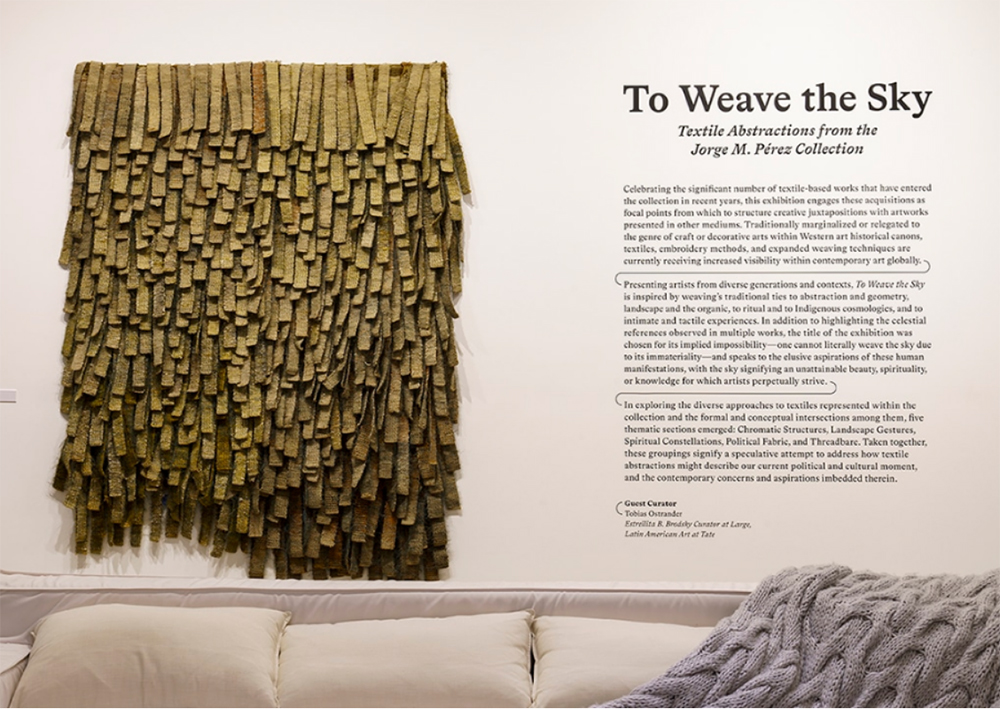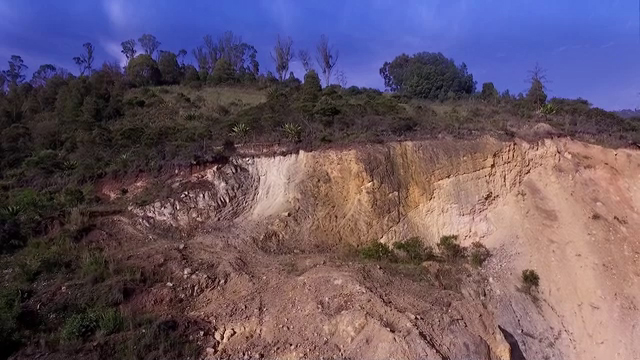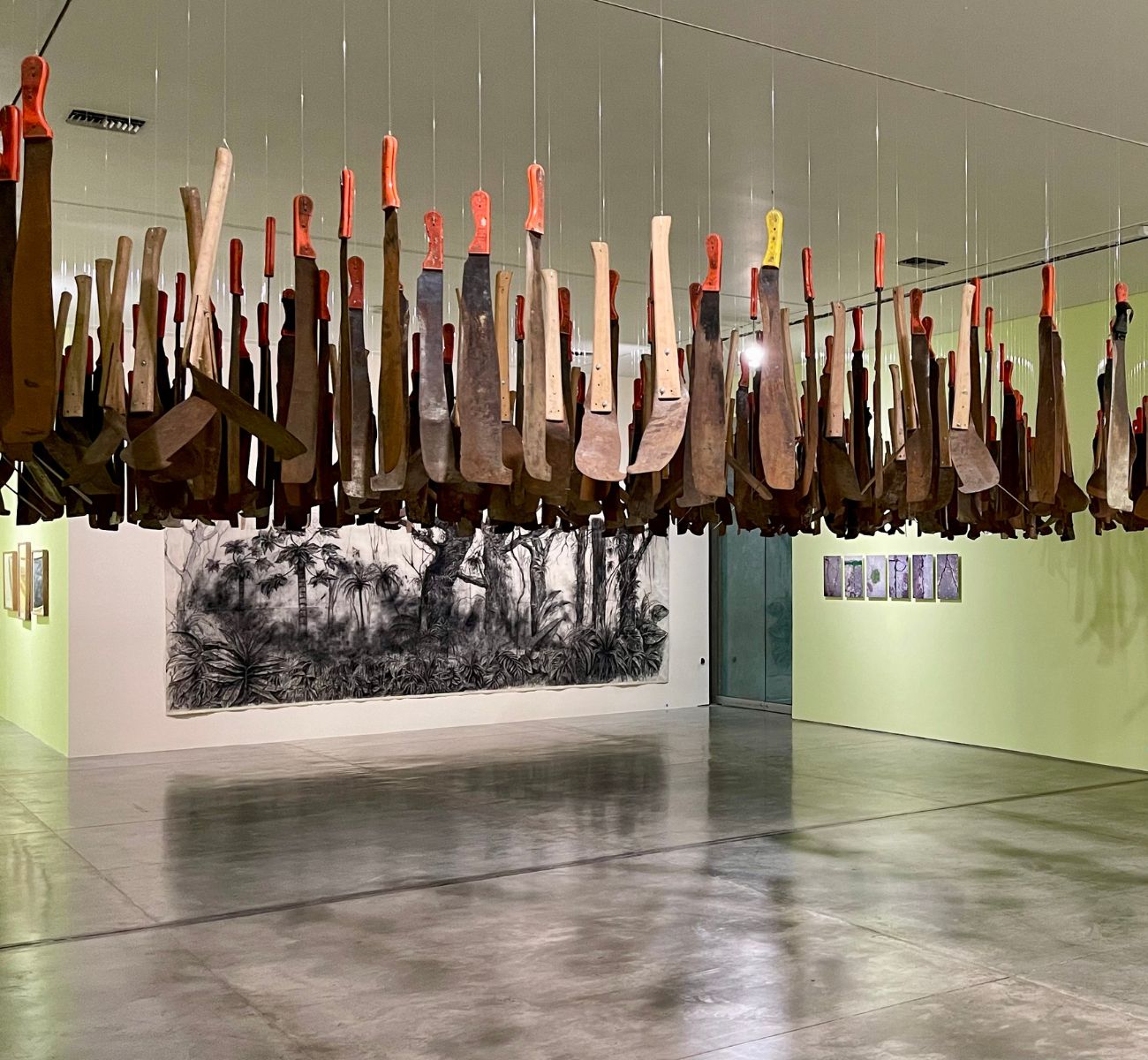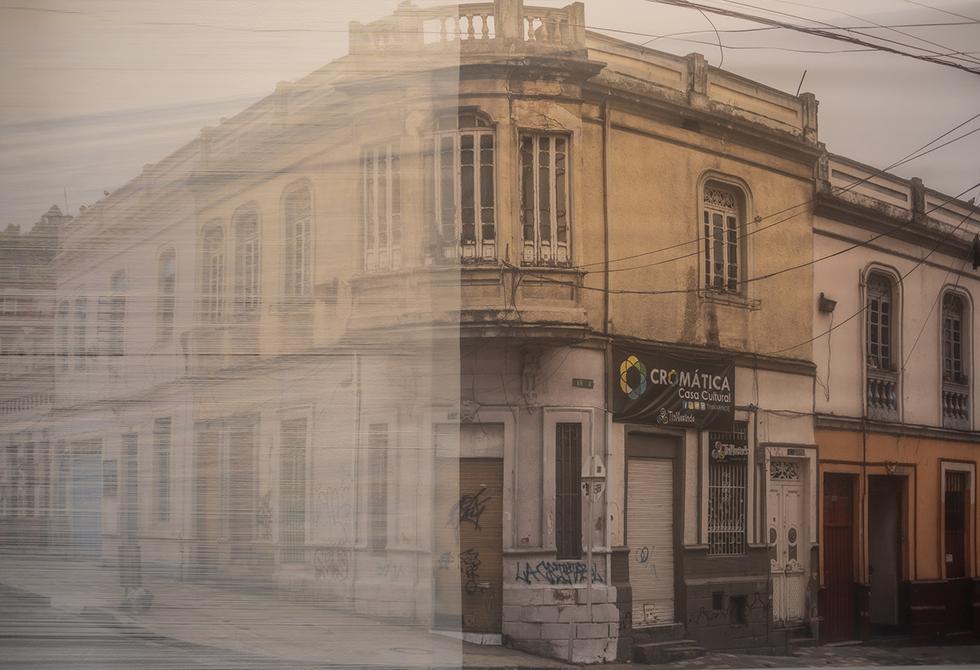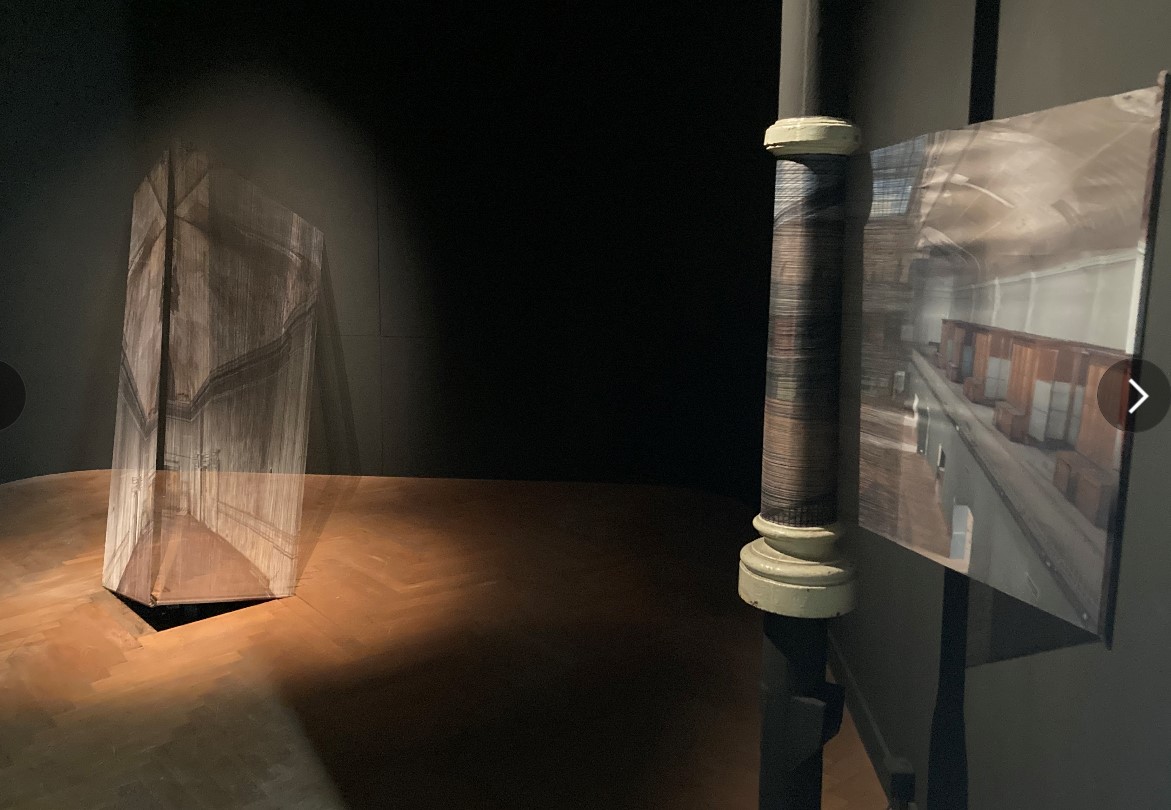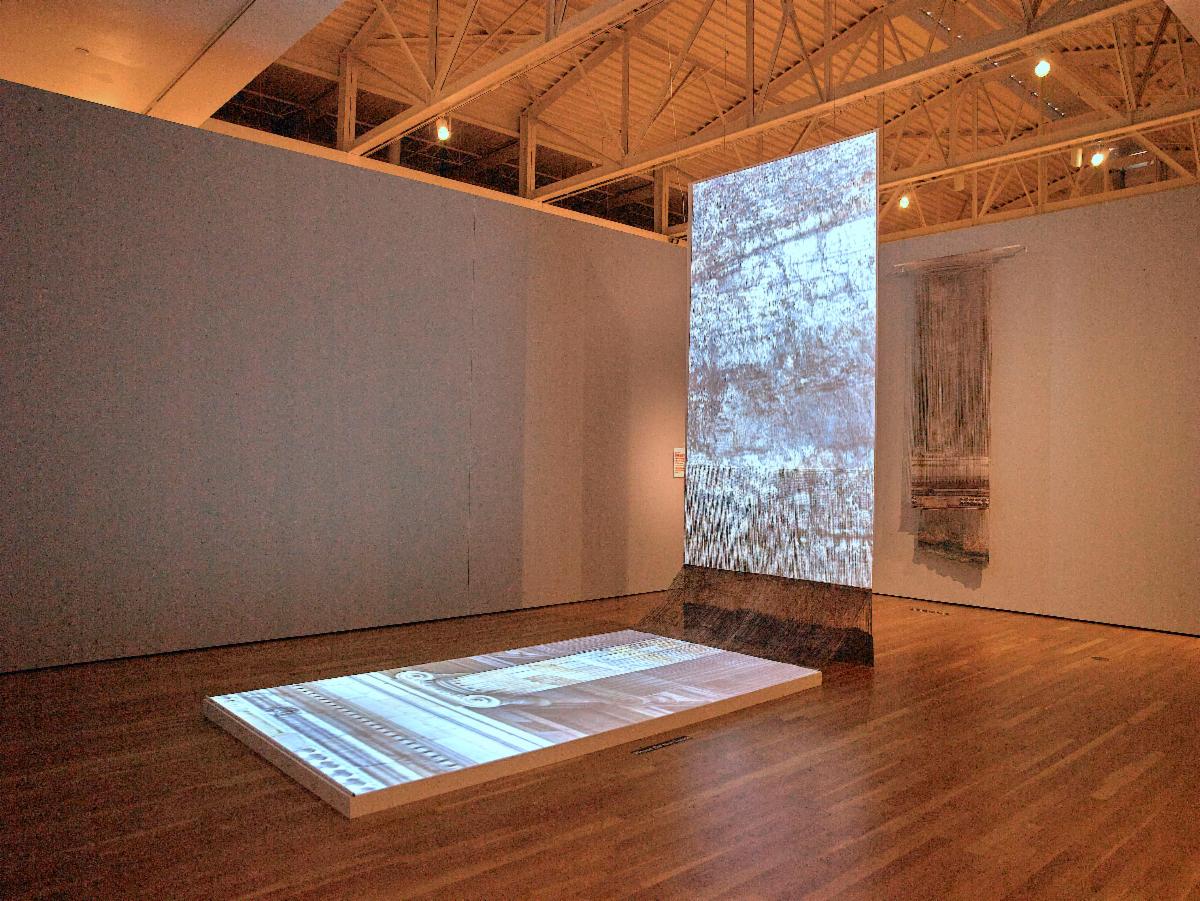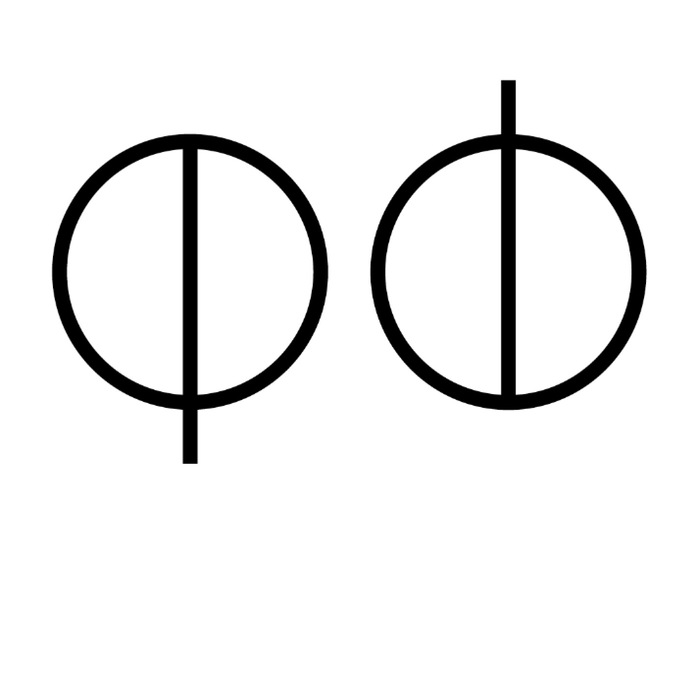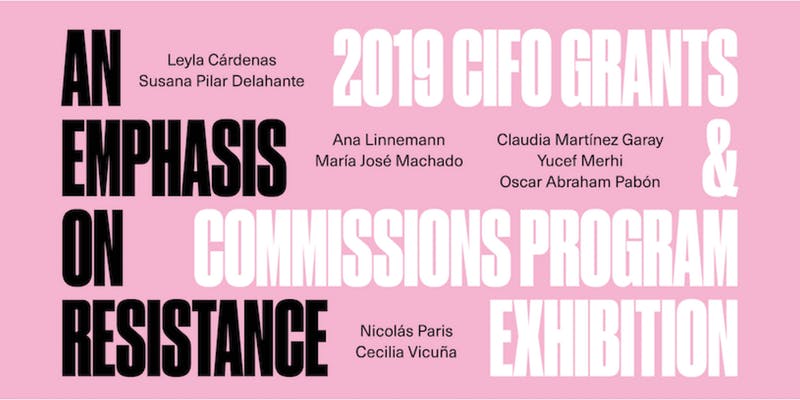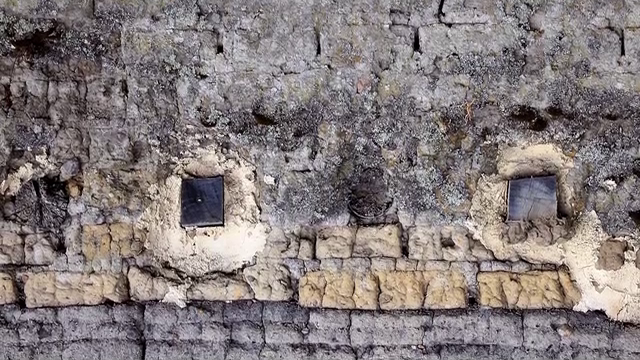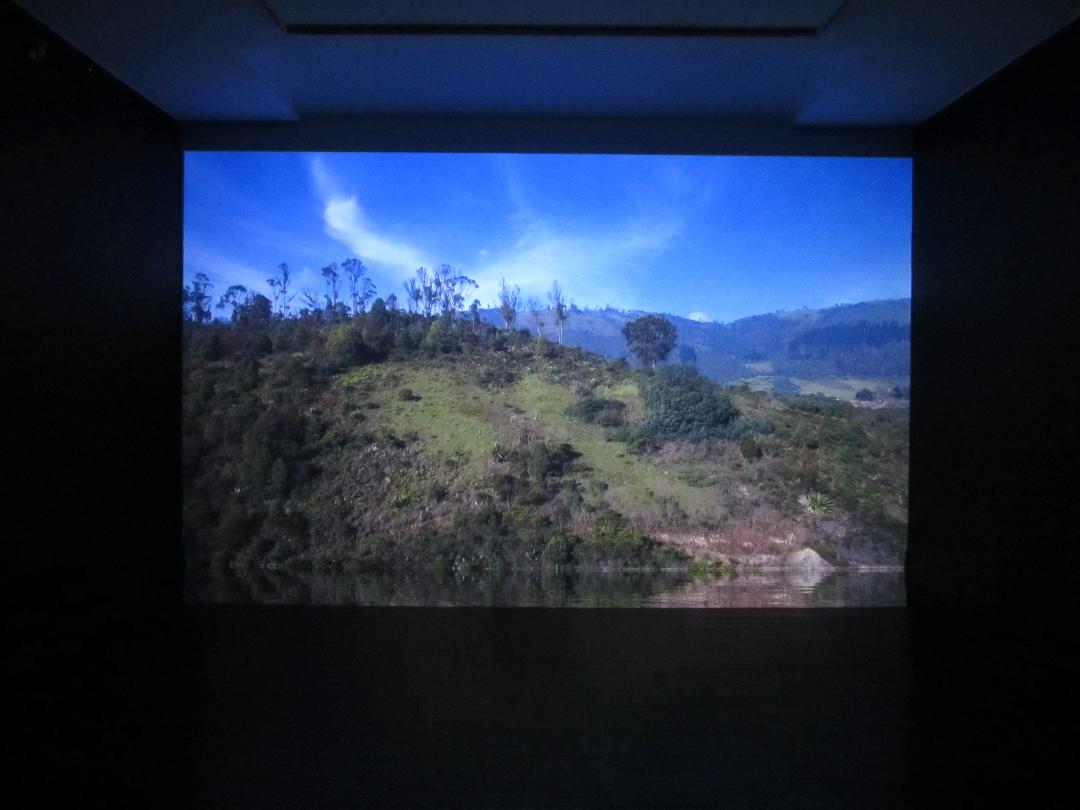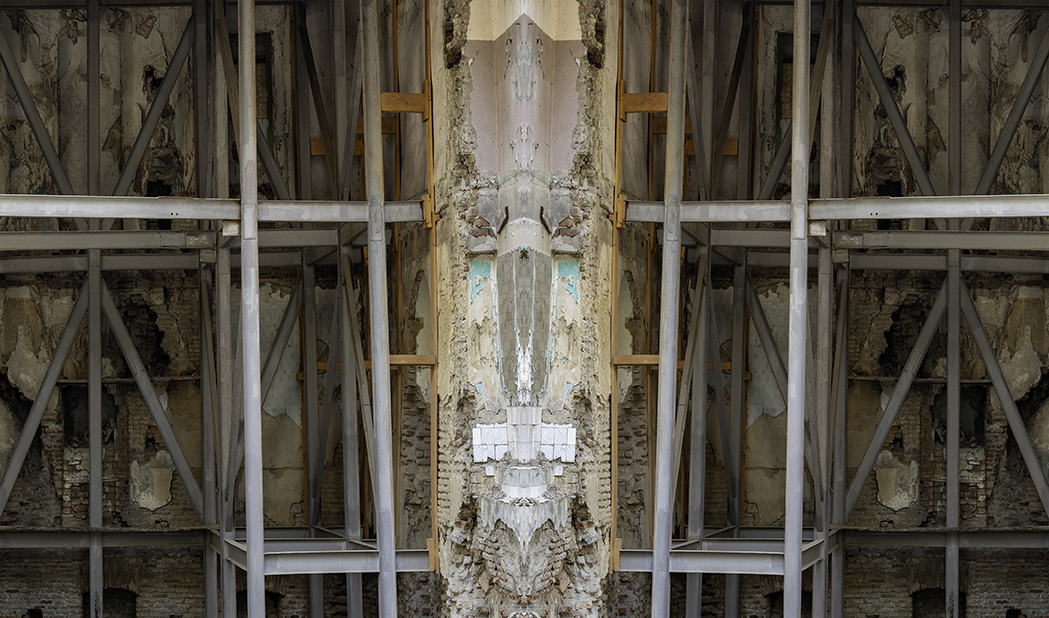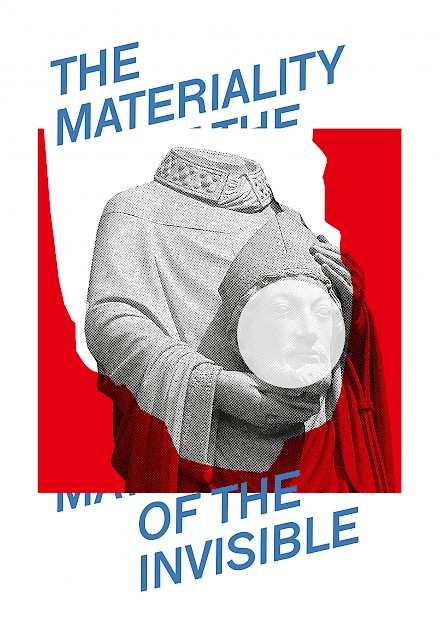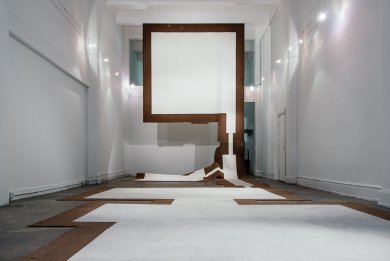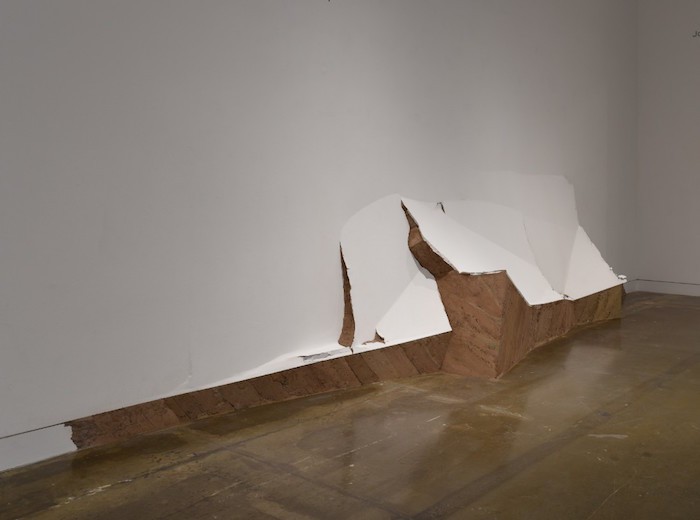Atelier néerlandais
RE-Constellations
more information
As we move deeper in time:persistent landscapes
video screenings curated by Arie Amaya-Akkermans.
Artists: Gregory Buchakjian & Valérie Cachard / Leyla Cárdenas / Huniti Goldox / Lamia Joreige / Mudassir Sheikh
The concept of ‘deep time' in archaeology is as old as the idea of antiquity, born in the 1860s,
but it has become widespread today in ecology and landscape archaeology, due to the impact of
GIS (geographical information systems), and LiDAR images (light detection and ranging),
identifying previously unknown features of archaeological sites, using a combination of archival
and public domain images and artificial intelligence. In landscape ecology, we hear often that
due to the ‘time depth available from the archaeological record', long-term processes can be
studied at a variety of temporal and spatial scales. But what exactly archaeologists mean by
‘time depth' is far less understood. Chilean archaeologist Cristián Simonetti wrote in 2014 that,
as we move deeper in time, we do not know with precision which direction is implied in this
depth: Is it running downwards, moving backwards, going up vertically, or moving forward?
The passage of time is well conceptualized in stratigraphy as a vertical column, but does this
time column move from top to bottom or the other way around? What happens when the time is
out of joint, and the layers become inverted, or suddenly go missing? The video screening
series is inspired by Colombian artist Leyla Cárdenas' video ‘Interpretation of Deep Time, First
Attempt' (2017) that articulates time as a multidirectional function of the real, physical space. In
the video, the upside down view of a rammed earth wall in the outskirts of Bogotá, is a physical
stratigraphy of time, not simply as a result of erosion, but of spatial and environmental violence.
The traces of human violence and destruction now have geological qualities that have left
permanent marks in the landscape. For Cárdenas, the wounded landscape is not simply a site
of damage, but also a historical and political condition of disorientation that unmakes any simple
passage between past and future.
In the series, “As We Move Deeper in Time: Persistent Landscapes”, we will be looking at video
practices in conversation with Cárdenas, that examine the problem of directionality in time, but
not in the abstraction of linear or metrical time, but rather, embedded in complex assemblages
between nature, culture, history and time, with a particular eye on postcolonial landscapes.
Either landscapes that stand for arenas of reflection for the experience of political violence, or
landscapes that themselves have become rapidly changed by aggressive transformations. In his
book, “Making Time: The Archaeology of Time Revisited” (2021), Gavin Lucas wrote, partially in
response to Simonetti, that movement in time is not only chaotic and unpredictable, but it can
also become suddenly multidirectional, pushing in different directions at the same time,
stretching temporality, and sometimes suspending it or collapsing it. Nature becomes a site of
tension, paradox and discontinuity....
Exhibiting in Tirana these reflections about political violence, either inflicted on the landscape
directly, or re-interpreted through the natural sublime, anchors the question of time depth in a
city undergoing brutal social, economic and political transformations, and which might become
eventually not only unrecognizable, but also unrememberable. The ability of the moving image
to use time as a physical force and sculpt it, even if only temporarily, connects history with
non-human elements as a continuous assemblage of materials, archives and present ruins.
With a greatly expanded notion of historical time, inherited from archaeology, the distant past of
nature might reappear in relative proximity to the political present, and crucially overlap.
Simonetti has called this process, ‘feeling forward into the past': “Concepts of time are not
abstract entities, fixedly stored in the mind, but sentient acts of conceptualization that depend on
the dynamic field of forces in which things and people become entangled.”
To Weave the Sky: Textile Abstractions from the Jorge M. Pérez Collection
A group exhibition on Textile Abstractions from the Jorge M. Pérez Collection
Things that are sometimes and accidentally true
exhibition at 109 | Pôle de cultures contemporaines
Curator : Nathalie Amae
second part of the project "the wordl is all that is" initiated in 2022, focused here on its cosmogonic dimension.
La buena vida, collection of Banco de Republica
curated by Emiliano Valdés, Ana Ruiz and Cristina Vasco
Manifesto of Fragility
curators Sam Bardaouil and Till Fellrath
Inspired by the abandoned building Musée Guimet, the Natural History Museum of Lyon, Leyla Cardenas proposed two works: Removed and Self-contained Withstander.
"Removed" is a site-specific intervention in which the building and the drawing have a ghost like presence, a presence that is seen as absence—which defines the nature and experience of a trace. The drawing of a building on a white wall has been meticulously removed until the floor was covered with layers of paint.
"Self-contained Withstander" reflects on what is really holding us and the spaces together. There is a layer of the fabric of reality that is elusive and fragile but ever present. The Musée Guimet could be seen as abandoned, a thing of the past, but it's our contemporary. Architecture transforms and changes with us and our temporalities but gives us the impression of everlasting solidity. It's an art form of transformation and not of permanence. The piece is also an example of profound dialogue and exploration of the spaces where the artist works, integrating a column in the room in the piece.
Plural Domains
The exhibition at the Museum of Art Zapopan in Guadalajara features works from the collection of the Cisneros Fontanals Foundation.
curator: Jesus Fuenmayor
Plural Domains 2
Selected works from the collection of the Cisneros Fontanals Art Foundation.
Curated by Jesus de Fuenmayor, Program Director & Visiting Curator at University Galleries, School of Art + Art History, University of Florida.
The presentation of Plural Domains at the Harn was co-organized with Dulce Román, Chief Curator and Curator of Modern Art at the Harn.
An Emphasis on Resistance - CIFO Foundation
In partnership with CIFO, El Museo del Barrio will host newly commissioned works of awardees.
Debris (Times Contengencies)
The exhibition inquires on different ways of approaching to the concept of time. This is a concept that revolved on other notions, such as death, ruin, change, memory amongst others. In this exhibition, artists from Colombia, Belgium and UK show several ways on the notion itself and how matter can be related to it.
Leyla Cardenas, as a special guest, presents her video "Deep Time" that questions the relation between time and space. She will have a talk on April 6 at 6.30pm
recipient 1919 as a mid career artist Grants and Commissions program award
Leyla Cardenas, as a mid career artist, is the recipient 2019 for Grants and Commissions given by the Foundation Cisneros. The price includes a commission for a work that shall be exhibited at the Museo del Barrio in New York.
Living Structures: Art as a plural experience
Palindromes architecturaux
Conversation between Leyla Cardenas and Clémentine Marcelli, art historian.
October 8 at 19h
Home - so different, so appealing
The materiality of the Invisible
Organised by Jan van Eyck Academy, Marres and Bureau Europa, the exhibition is located in the three spaces in Maastricht, NL.
A reflex on contemporary art as a form of archeology.
Home - so Different, so Appealing
Organized in collaboration with the Museum of Fine Arts, Houston, Home?So Different, So Appealing features U.S. Latino and Latin American artists from the late 1950s to the present who have used the deceptively simple idea of "home" as a powerful lens through which to view the profound socioeconomic and political transformations in the hemisphere.
Building as ever
2nd California Pacific Triennial, Located at the OCMA, in Newport Beach near South Los Angeles
Curated by OCMA Senior Curator Cassandra Coblentz.
This thought-provoking exhibition explores the topic of architecture and the temporal precariousness of the built environment. Among the issues to be addressed are the recording of history and preservation; the concept of home and displacement; and the influence of global power, economics, and political systems on global construction.



